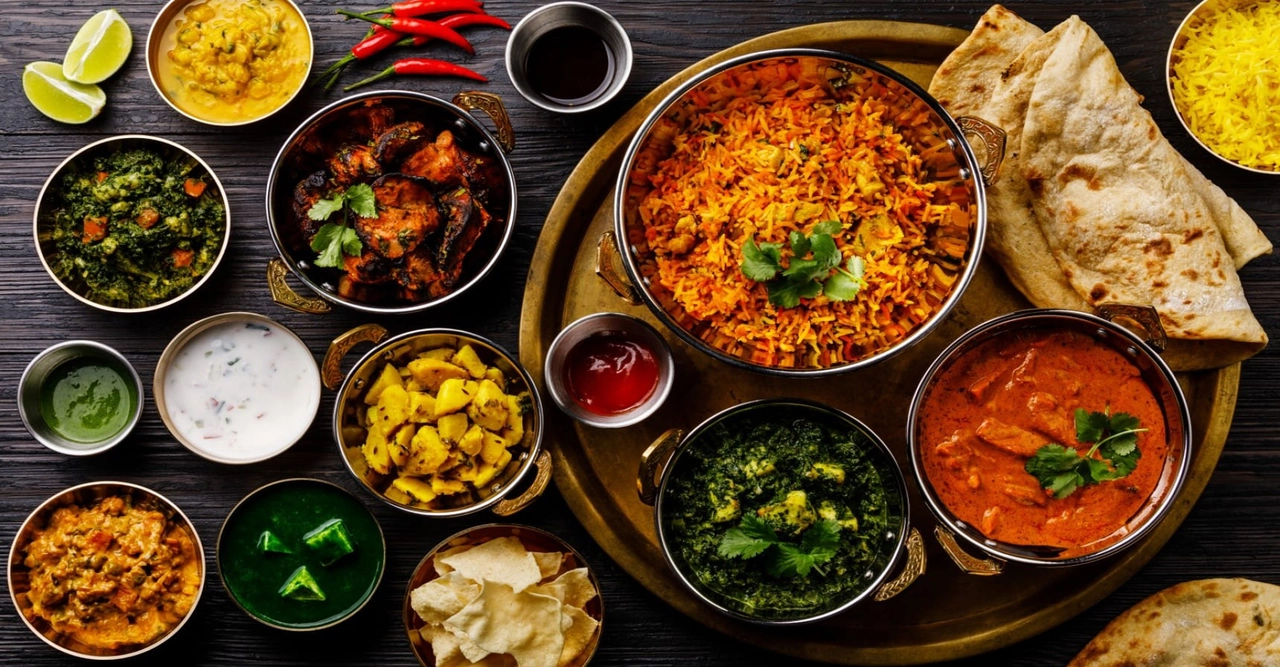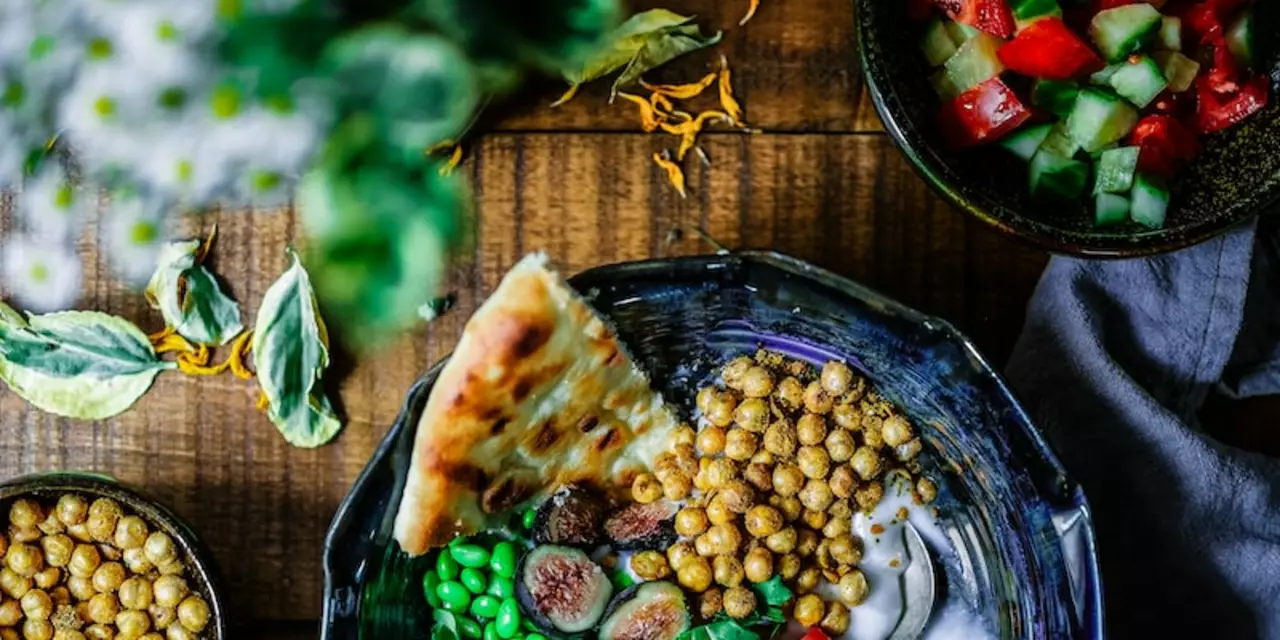Indian Food – Recipes, Tips, and Culture
Indian food is all about bold flavors, colorful spices, and comforting textures. Whether you’re a newcomer or a seasoned fan, there’s always something new to try. In this guide we’ll break down the basics you need to cook tasty Indian meals at home, share quick hacks to make the process smoother, and point you to a few must‑try dishes that showcase the variety of the cuisine.
Quick Tips for Cooking Indian Dishes
First off, keep a small spice kit on hand. The core trio – cumin, coriander, and turmeric – can turn a plain veg sauté into a fragrant curry. Toast whole spices in a dry pan for 10‑15 seconds before grinding; the heat awakens their aroma and gives depth to any sauce.
Second, master the onion‑garlic‑ginger base. Finely chop or blend these three ingredients and sauté them until they turn golden brown. This “masala” is the heart of most Indian gravies, and getting the color right means you’ve built a solid flavor foundation.
Third, never rush the simmer. Once you add liquids like tomato puree or coconut milk, lower the heat and let the dish bubble gently for at least 15‑20 minutes. This slow cooking helps the spices blend together and prevents a raw, sharp taste.
Must‑Try Indian Meals for Beginners
Start with a simple dal. Red lentils cook fast, need only water, salt, and a pinch of turmeric. Finish with a tempering of mustard seeds, dried red chilies, and a splash of ghee – a few minutes on the stove and you’ve got a hearty, protein‑packed stew.
Next, try a chicken tikka masala. Marinate bite‑size chicken pieces in yogurt, lemon juice, and a mix of paprika and garam masala for 30 minutes, then grill or pan‑sear. Toss the cooked chicken into a tomato‑based sauce spiked with cream and a dash of kasuri methi (dried fenugreek leaves) for that signature smoky note.
If you’re vegetarian, chana masala is a winner. Soak chickpeas overnight, then cook them with onions, tomatoes, and a blend of cumin, coriander, and amchur (dry mango powder). The result is a tangy, protein‑rich curry that pairs perfectly with rice or flatbread.
Round out your menu with a side of garlic naan. Mix flour, yogurt, a pinch of sugar, and a little baking powder, roll into discs, and cook on a hot skillet. Brush with melted butter and sprinkle minced garlic just before serving for that restaurant‑style finish.
These recipes cover the spectrum – legume, meat, and bread – and give you a solid foothold in Indian cooking. As you grow confident, experiment with regional variations like Kerala coconut stew or Punjabi butter chicken, and you’ll see how diverse the cuisine truly is.
Remember, Indian food isn’t about perfection; it’s about flavor, warmth, and sharing a good meal. Keep your pantry stocked, trust your nose, and enjoy the process. Happy cooking!

